About
EXM’s internal dashboards—spanning Production, Purchasing, Shipping, RMA, and Assembly—were originally built on legacy ASP.NET tables with inconsistent layouts and limited usability.
Working closely with the back-end developer, I rebuilt the front-end architecture and visual framework, creating a unified, responsive, and maintainable interface for internal staff. The redesign improved workflow visibility, reduced repetitive data entry, and established a component-based system aligned with EXM’s overall design language.
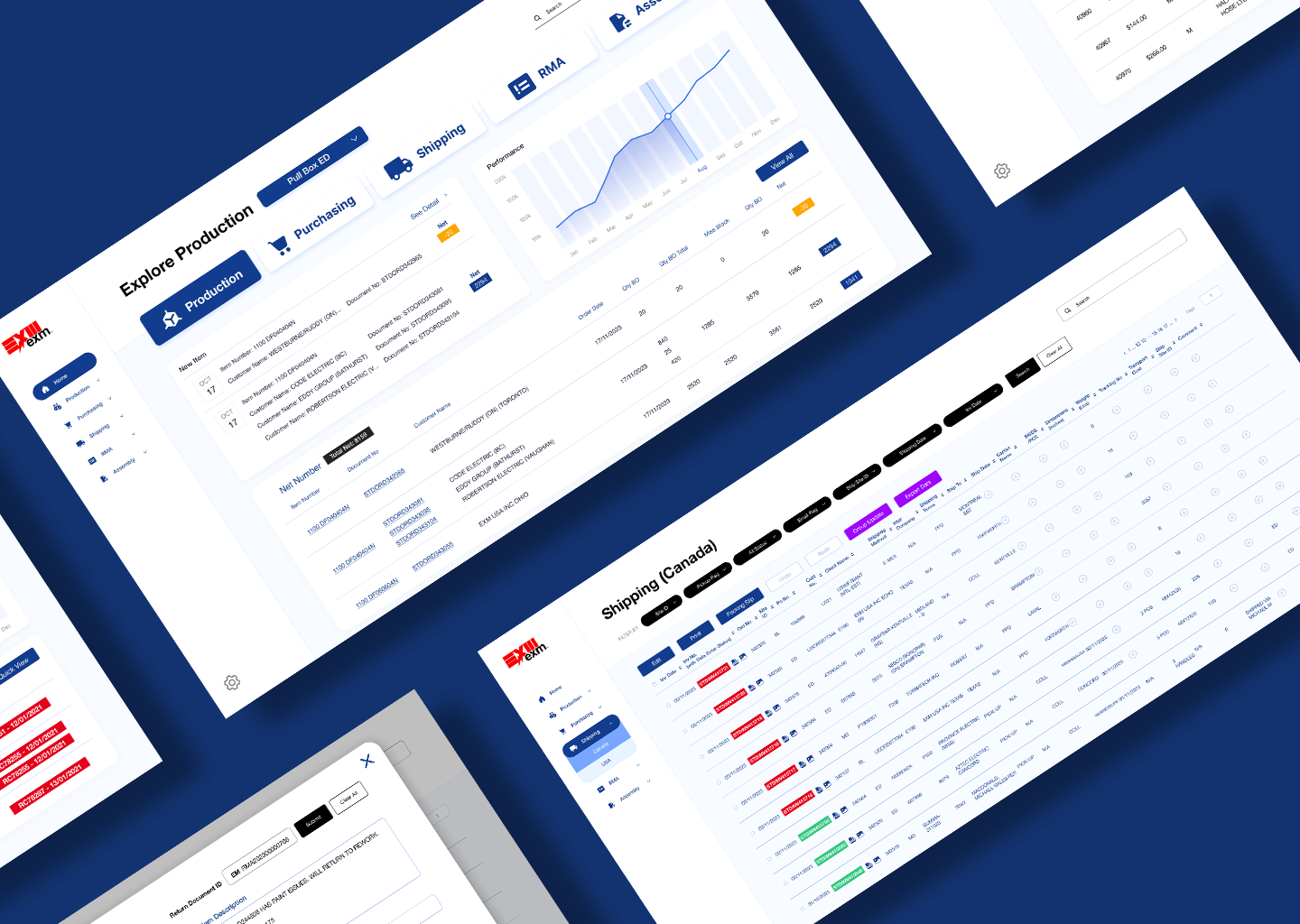
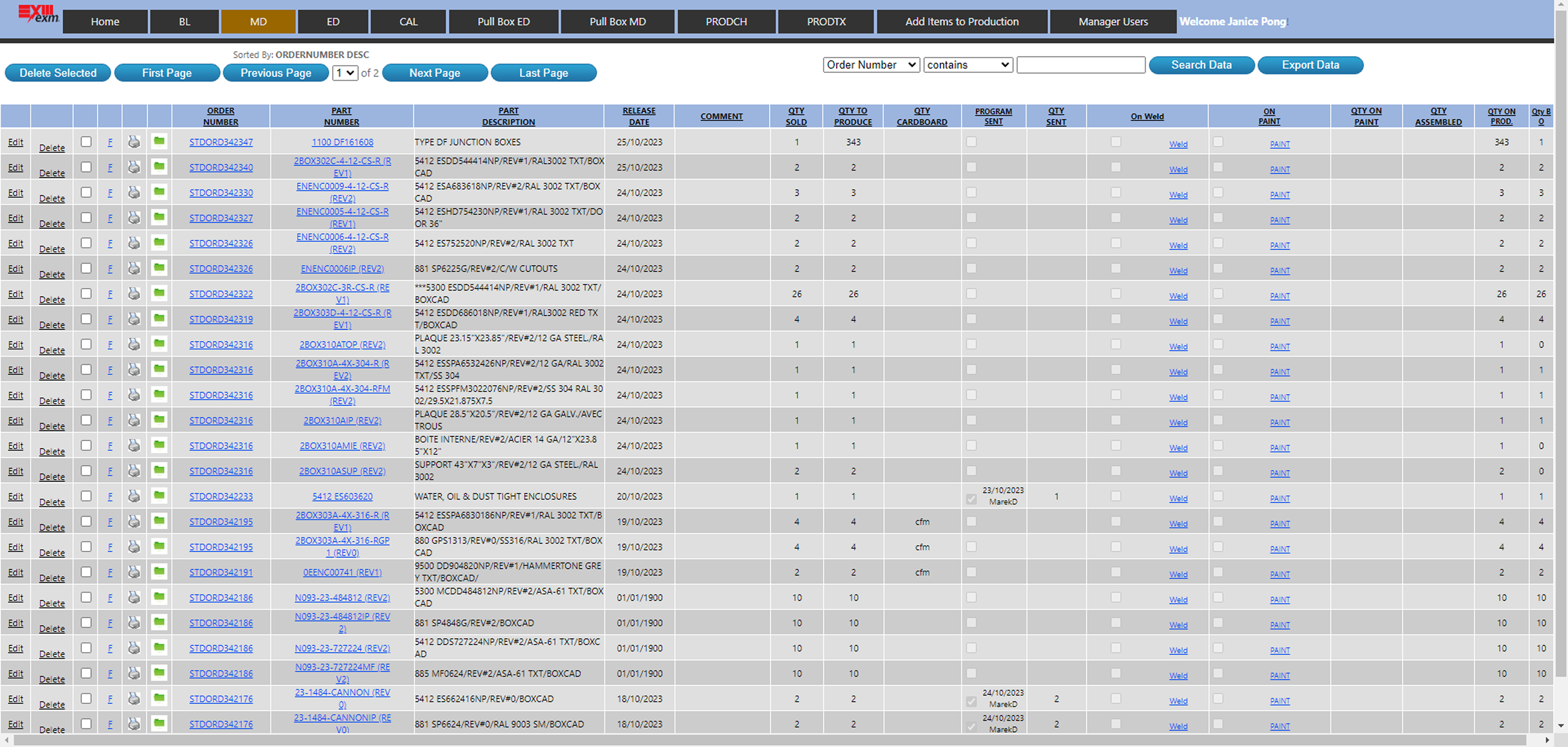
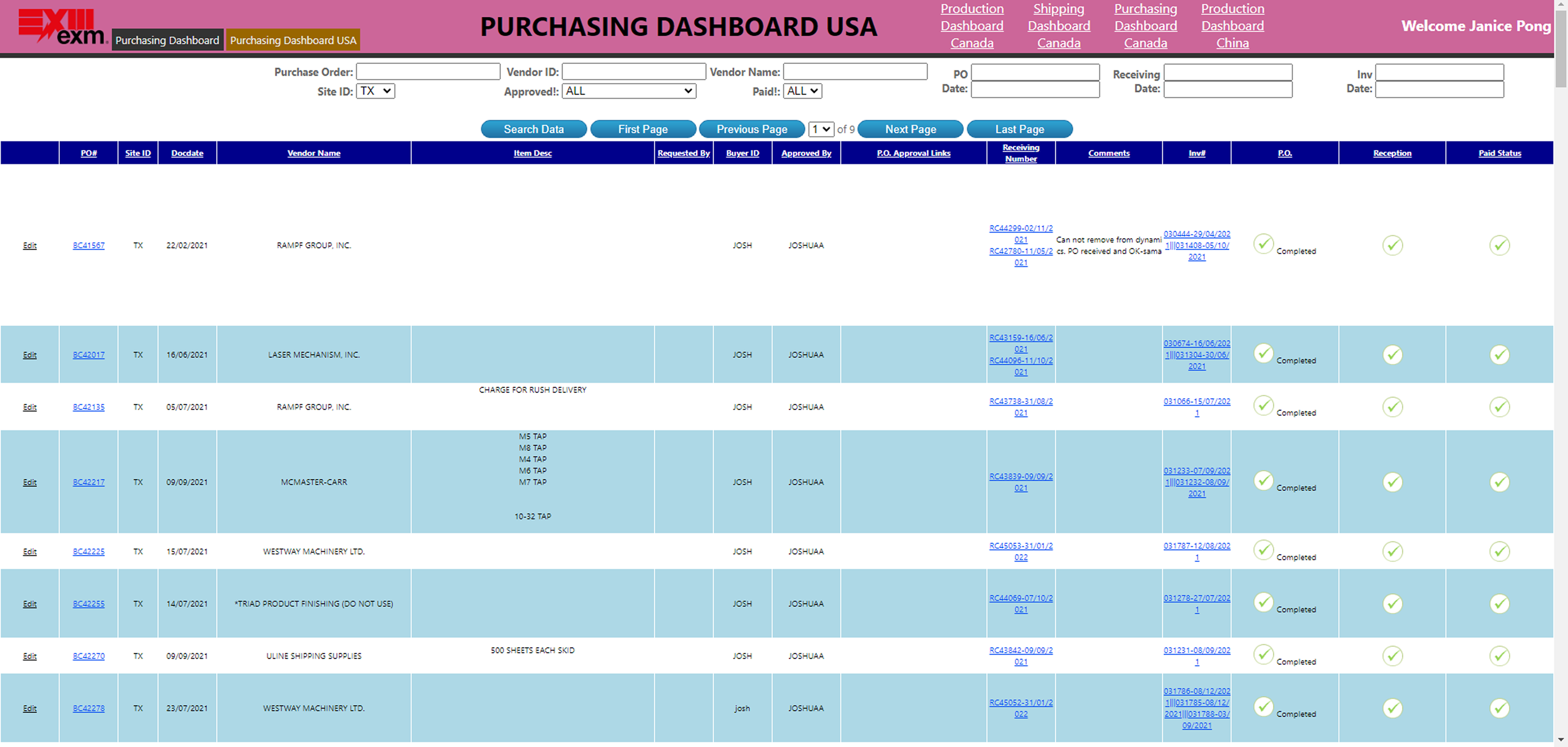

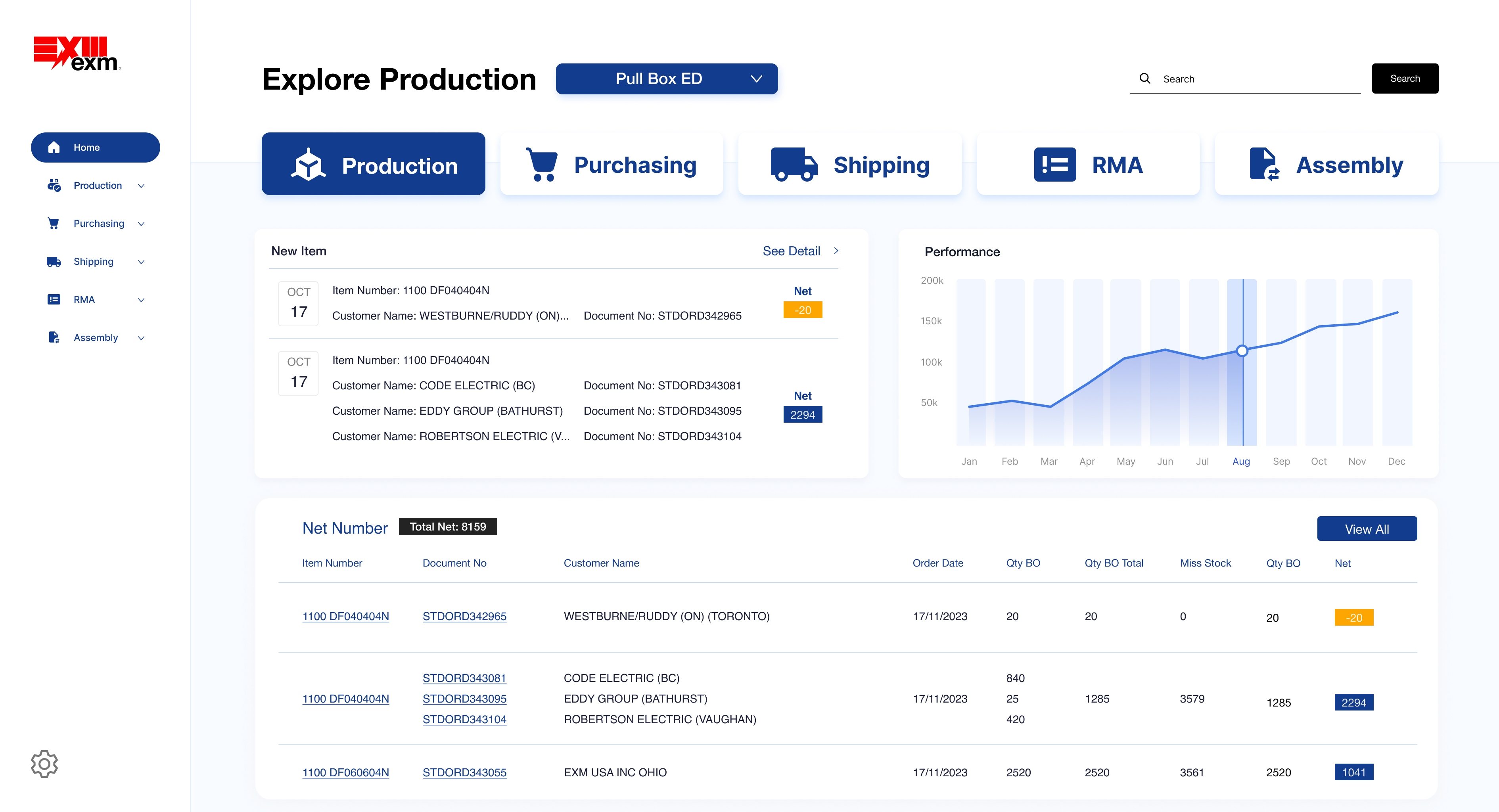
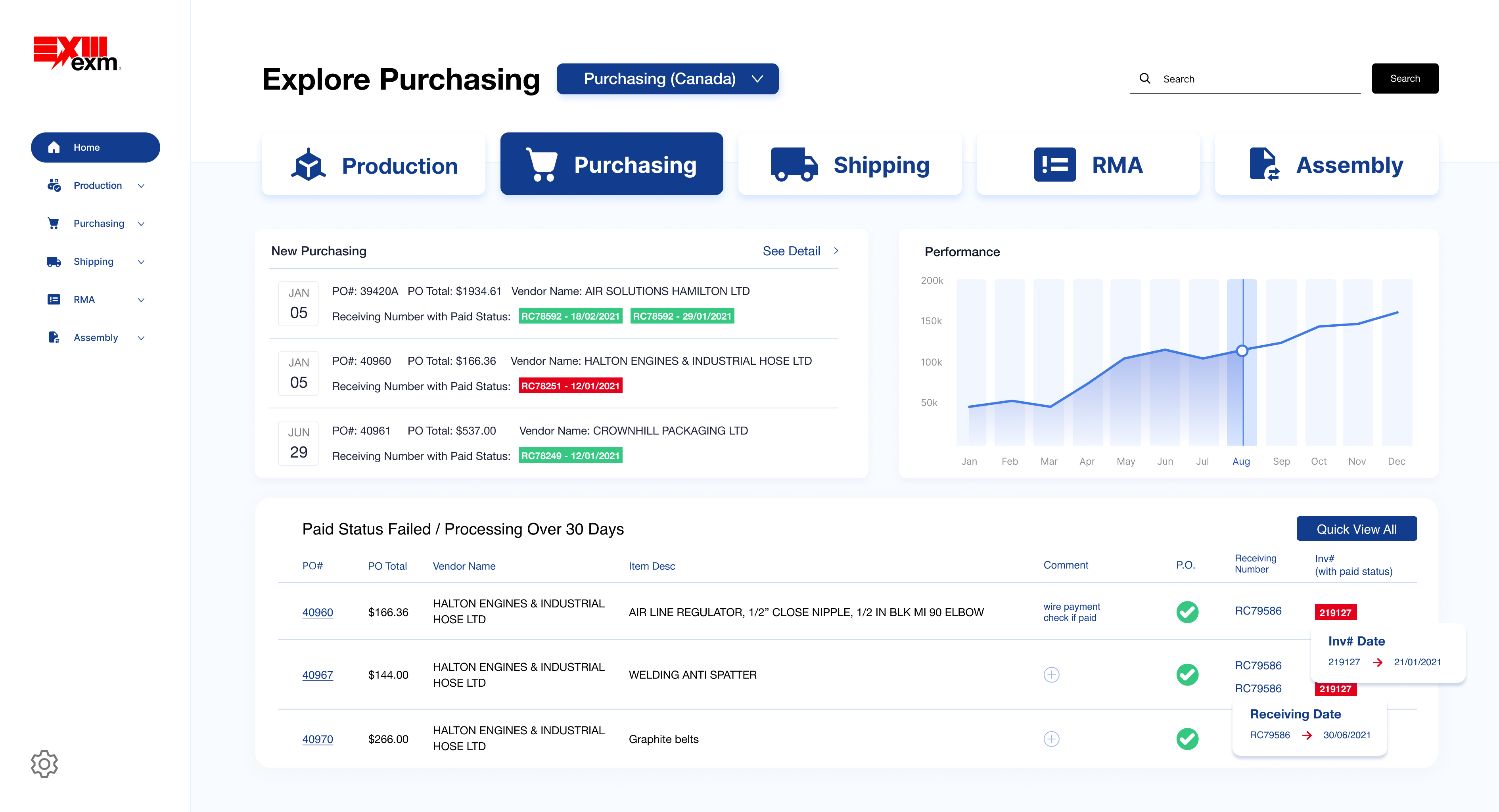

.jpg)
.jpg)
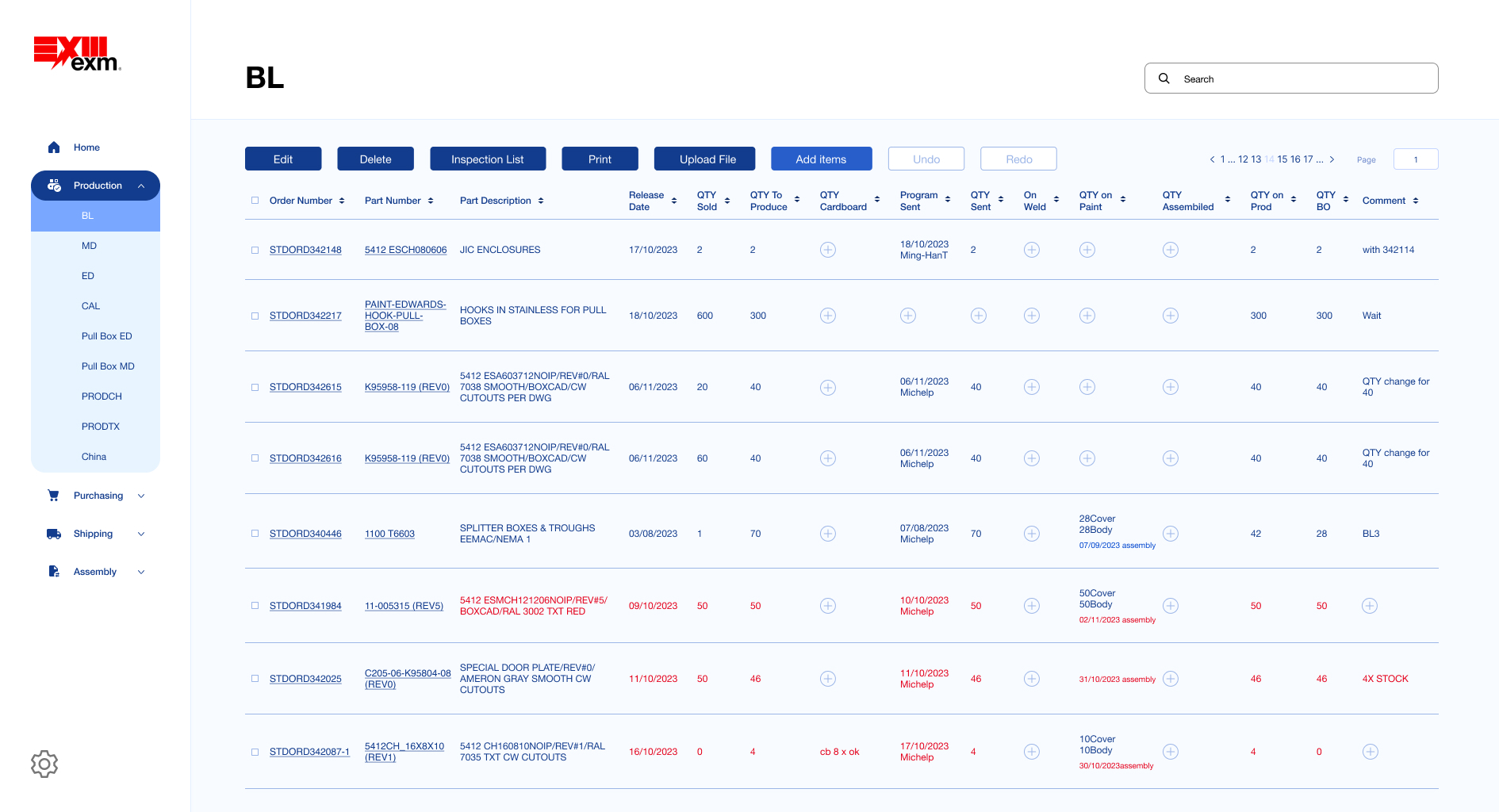

.jpg)